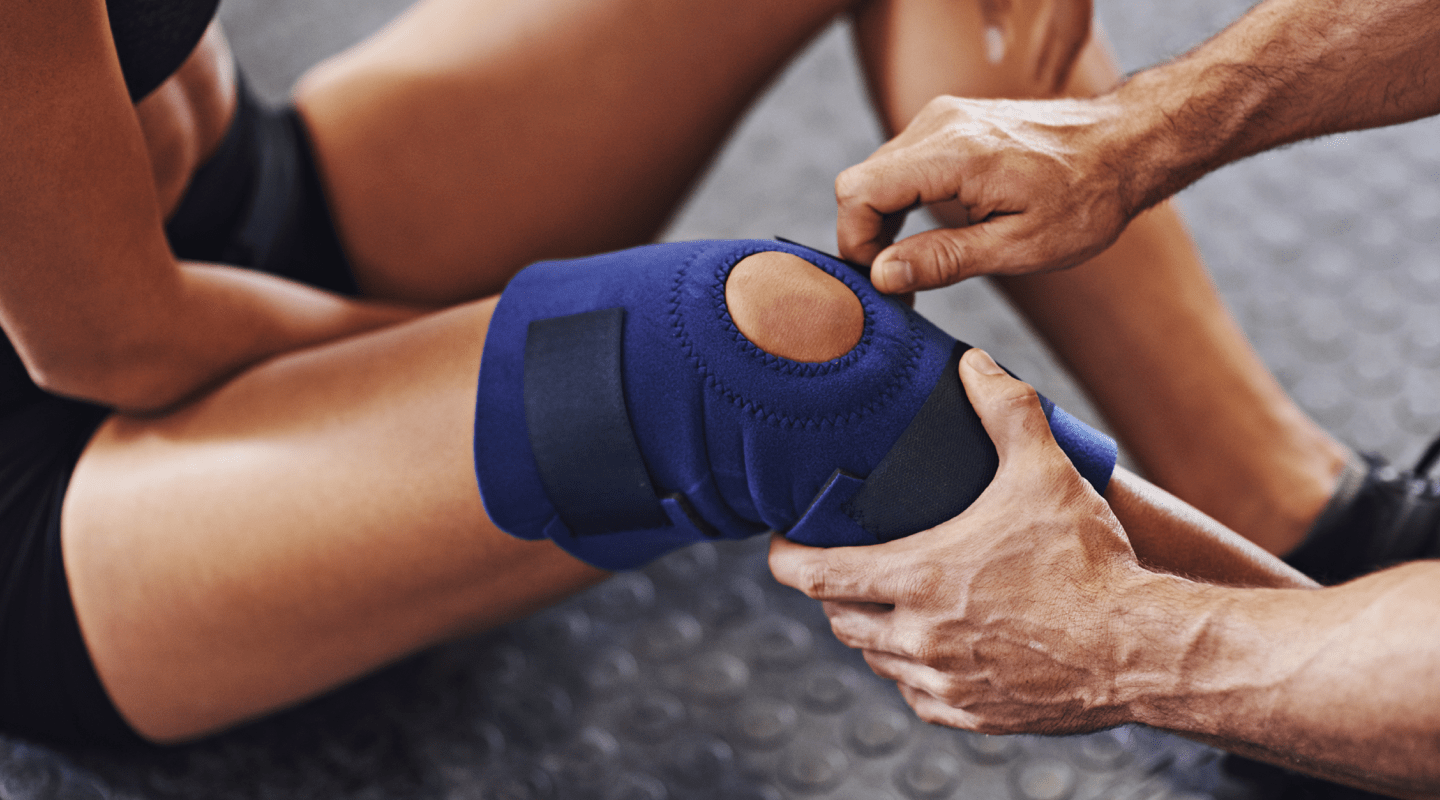Tendon Repair Surgery in Borivali, Mumbai

Tendon repair is a surgery that is performed to treat a tendon that has been broken or otherwise injured. The elastic, band-like tissues that bind muscles to bone are known as tendons. Tendons pull the bones and cause the joints to shift as the muscles contract.
Movement can be severely restricted if tendon damage occurs. It’s possible that the affected area would feel weak or painful. Tendon repair surgery can be beneficial for people who have tendon injuries that make it difficult or painful to move a joint.
In this article, Dr. Leena Jain who is one of the best will discuss everything you should know about tendon repair surgery.
Table of Contents
Tendon Repair Surgery- Why it is Done?
Tendon repair surgery is performed for a variety of purposes. Tendon repair is used to restore natural joint movement. Tendon injuries can happen anywhere on the body where tendons are present. Shoulders, elbows, hips, knees, and fingers are the joints most often affected by tendon injuries.
A laceration (cut) that goes past the skin and into the tendon may cause a tendon injury. Contact sports injuries, such as football, wrestling, and rugby, are also common causes of tendon injuries.
Jersey finger is one of the most common sports injuries affecting the tendons. It can happen when a player takes another player’s jersey and has their finger stuck in it. The finger is pulled as the other player runs, and the tendon is pulled away from the bone.
Rheumatoid arthritis, an inflammatory joint condition, can also cause tendon damage. The tendons may be affected by rheumatoid arthritis, causing them to tear.
What is the Procedure for Tendon Repair?

Dr. Leena in Borivali, Mumbai is one of the best surgeon who specializes in tendon repair surgery. She explains the process in following steps-
In general, a surgeon will make one or more minor incisions (cuts) in the skin over the injured tendon sew the broken ends of the tendon together check the surrounding tissue for other injuries, such as injury to blood vessels or nerves close the incision. Sterile bandages or dressings should be applied to the affected region. To allow the tendon to regenerate, immobilize or splint the joint.
If there isn’t enough healthy tendon to reconnect, the surgeon can use a piece of tendon from another part of the body to perform a tendon graft. It could come from the foot or toe, for instance. A tendon transfer (moving a tendon from one region to another) can be helpful in restoring function on rare occasions.
During tendon repair, anesthesia (pain medication) is used to keep the patient from experiencing pain during the procedure.
The Following are the Different Forms of Anesthesia:
- Local anesthesia- The region where the surgery will take place is numb and pain-free.
- Regional anesthesia- The surrounding area, as well as the area where the surgery will take place, is numb and pain-free.
- General anesthesia- The patient is unable to feel pain because he or she is unconscious (asleep).
Risks & Complications

Tendon repair surgery can come with a number of risks. Scar tissue, which can shape and prevent the joints from moving smoothly, is one of the risks associated with tendon repair. Any joint stiffness or tendon re-tearing is also commonAnesthesia risks include adverse drug reactions such as trouble breathing, rash, or itching. Surgical risks include bleeding and infection in general. However, the risks can be reduced by choosing an experienced surgeon like Dr. Leena in Borivali, Mumbai.
After-Surgery Recovery and Treatment
Tendon repairs are usually performed as an outpatient procedure. This indicates that the patient will be able to return home after surgery. If the patient is admitted to the hospital, it is normally for a short duration stay.
It can take up to 12 weeks for the body to heal. To relieve pain on the healed tendon, the damaged tendon can need to be protected with a splint or cast. To regain healthy movement, physical therapy or occupational therapy is typically needed. Expect some stiffness as movement returns gradually. After the surgery, you will need medication to reduce scar tissue. It could be difficult to move the injured tendon if there is too much scar tissue.
Conclusion
Tendon repairs that are combined with proper physical therapy or occupational therapy can be very effective. In general, the earlier tendon repair surgery is performed after an injury, the quicker the surgery and rehabilitation would be. Long-term complications can occur in some cases. Stiffness will last a long time. Some tendon injuries, such as flexor tendon injuries in the arm, are extremely difficult to heal. Before surgery, talk to your doctor about possible results so you can get a realistic picture of your chances.







